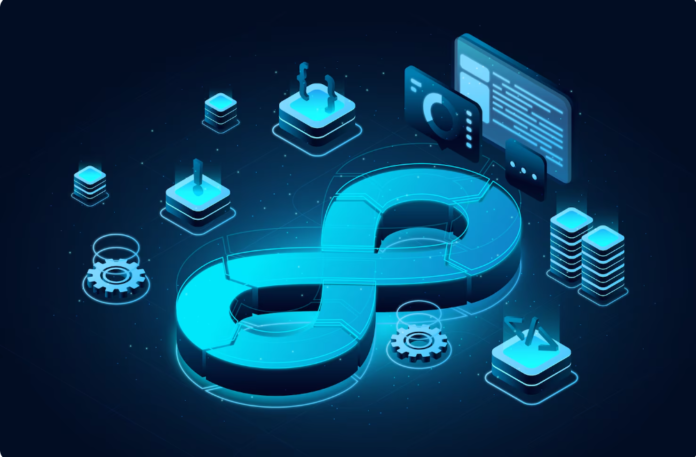In the world of software delivery, imagine a relay race where each runner must pass the baton smoothly to the next. The runners represent developers, testers, and operations teams, while the baton symbolises code. If the baton drops or a runner stumbles, the entire rhythm is disrupted. (CI/CD) pipelines are like training that ensures every handoff is seamless, swift, and error-free. When GitLab and Docker come together, this relay evolves into a well-choreographed sprint, powering modern DevOps practices with precision.
Why GitLab and Docker Form the Perfect Duo
Think of GitLab as the central command hub of a busy railway station. Every track, train, and schedule must align to keep the system efficient. GitLab ensures version control, collaboration, and pipeline orchestration. Docker, on the other hand, plays the role of standardised carriages—no matter which engine pulls them, the carriages fit perfectly and run consistently across routes. Together, they eliminate “it works on my machine” excuses by ensuring software behaves the same in testing, staging, and production.
For learners in devops classes in bangalore, this pairing offers hands-on exposure to real-world industry tools. Students not only understand theory but also build pipelines that simulate enterprise-level deployments, making their skills market-ready.
Setting the Stage: The Anatomy of a CI/CD Pipeline
A pipeline is like an assembly line in a futuristic factory. Raw materials—source code—enter from one end. Along the way, automated quality checks, builds, and tests act like robotic arms shaping and refining the product. By the time the application emerges from the final gate, it is production-ready.
Using GitLab CI/CD, developers define this assembly line in a .gitlab-ci.yml file. Each stage—such as build, test, and deploy—becomes a well-marked station. Docker integrates here as a packaging unit, encapsulating the application into containers that can run anywhere. This reduces deployment friction and accelerates release cycles.
Building with GitLab: From Code Commit to Container
Picture a team of chefs preparing a signature dish in a busy kitchen. GitLab acts as the head chef, ensuring every step is followed according to recipe. Once a developer commits code, GitLab automatically triggers the first steps—compiling, testing, and validating. If something fails, the head chef halts the process immediately, preventing a flawed dish from reaching the customer.
At the build stage, Docker steps in. The code is wrapped into an image, a container blueprint. This is like sealing a meal in a perfectly labelled box with clear instructions. The image can then be replicated across development, testing, and production environments without surprise deviations in flavour or quality.
Testing and Deployment: The Final Handoffs
Deployment is often the most nerve-wracking part of software delivery, similar to the final lap of a marathon. GitLab eases this by automating the handover. Once Docker containers pass tests, GitLab pipelines can push them to a container registry and roll them out to servers or Kubernetes clusters.
This process brings consistency and speed, allowing teams to release features more often with fewer risks. For learners, witnessing these automated deployments demystifies the process. It’s no longer an intimidating black box but a logical sequence of automated steps. By experimenting with live projects, students in devops classes in bangalore learn how resilience and agility are built into pipelines.
The Bigger Picture: Why This Matters
In an era where customer expectations shift overnight, businesses can’t afford sluggish release cycles. CI/CD pipelines with GitLab and Docker transform development into a living, breathing system—always learning, adapting, and moving forward. Like an orchestra performing a symphony, every instrument must stay in tune. With these tools, the orchestra never falters, no matter how complex the score.
For Bangalore’s aspiring DevOps professionals, the lesson is clear. Mastering CI/CD pipelines is not about memorising commands; it is about cultivating a mindset of automation, collaboration, and efficiency. The tools are the instruments, but the symphony is the delivery of reliable software at scale.
Conclusion
CI/CD pipelines are not just technical workflows; they are cultural bridges that bring teams closer to a shared goal. GitLab and Docker, when combined, offer a powerful framework for building these bridges. For learners, practising with these tools is like stepping onto a professional stage with the confidence of seasoned performers. As industries across Bangalore accelerate their digital transformations, those who understand this orchestration will be the ones leading the race.


